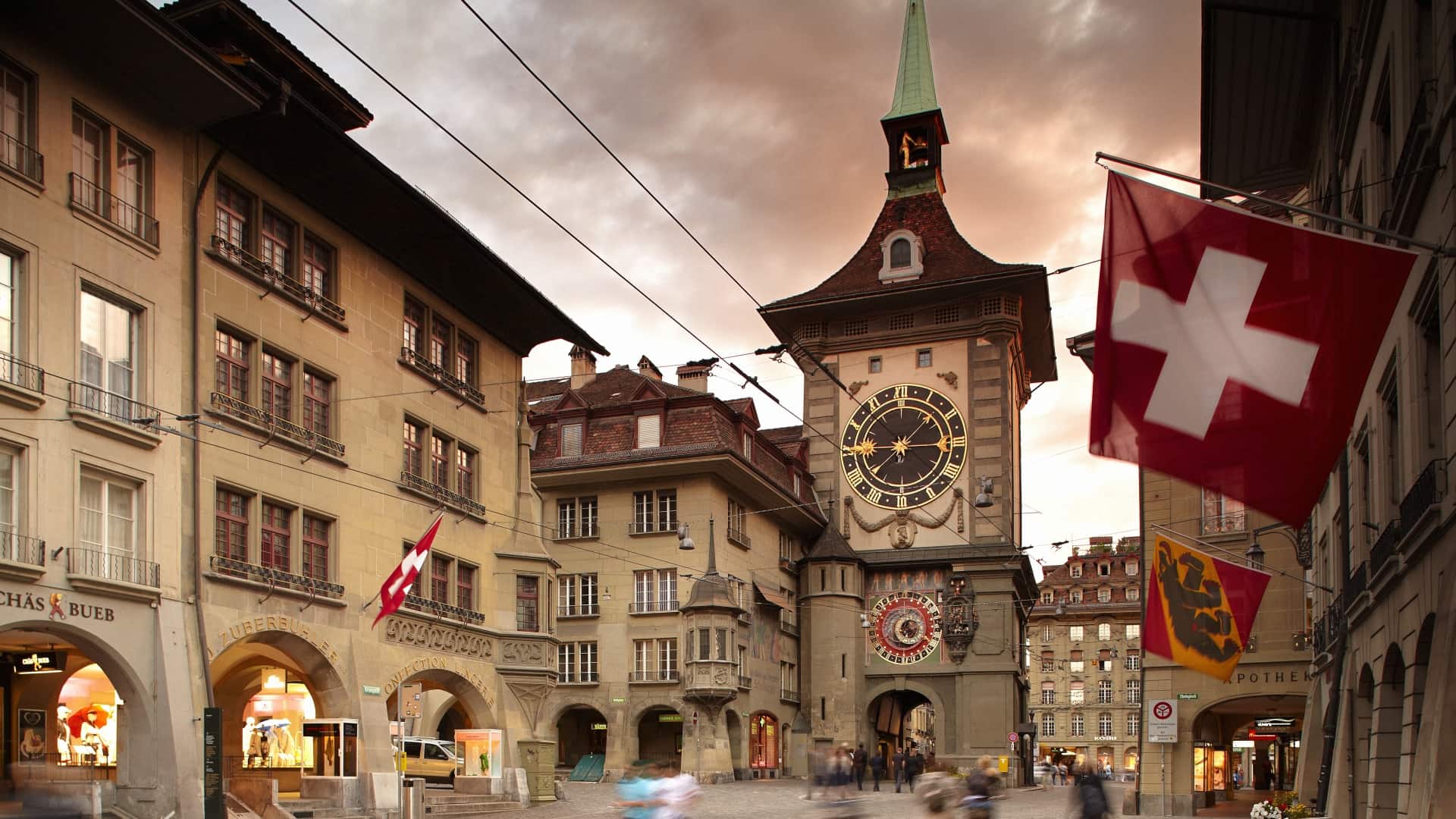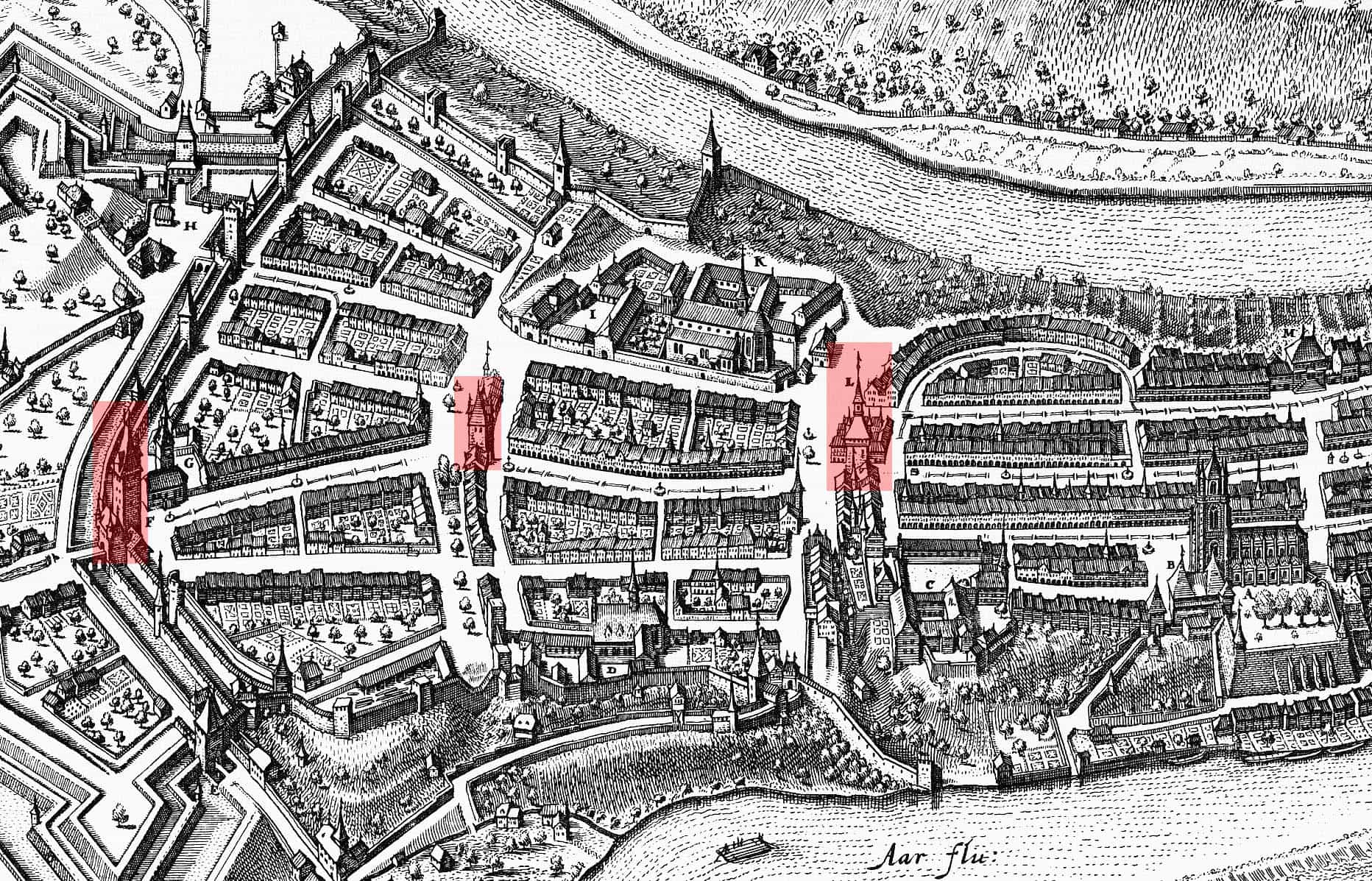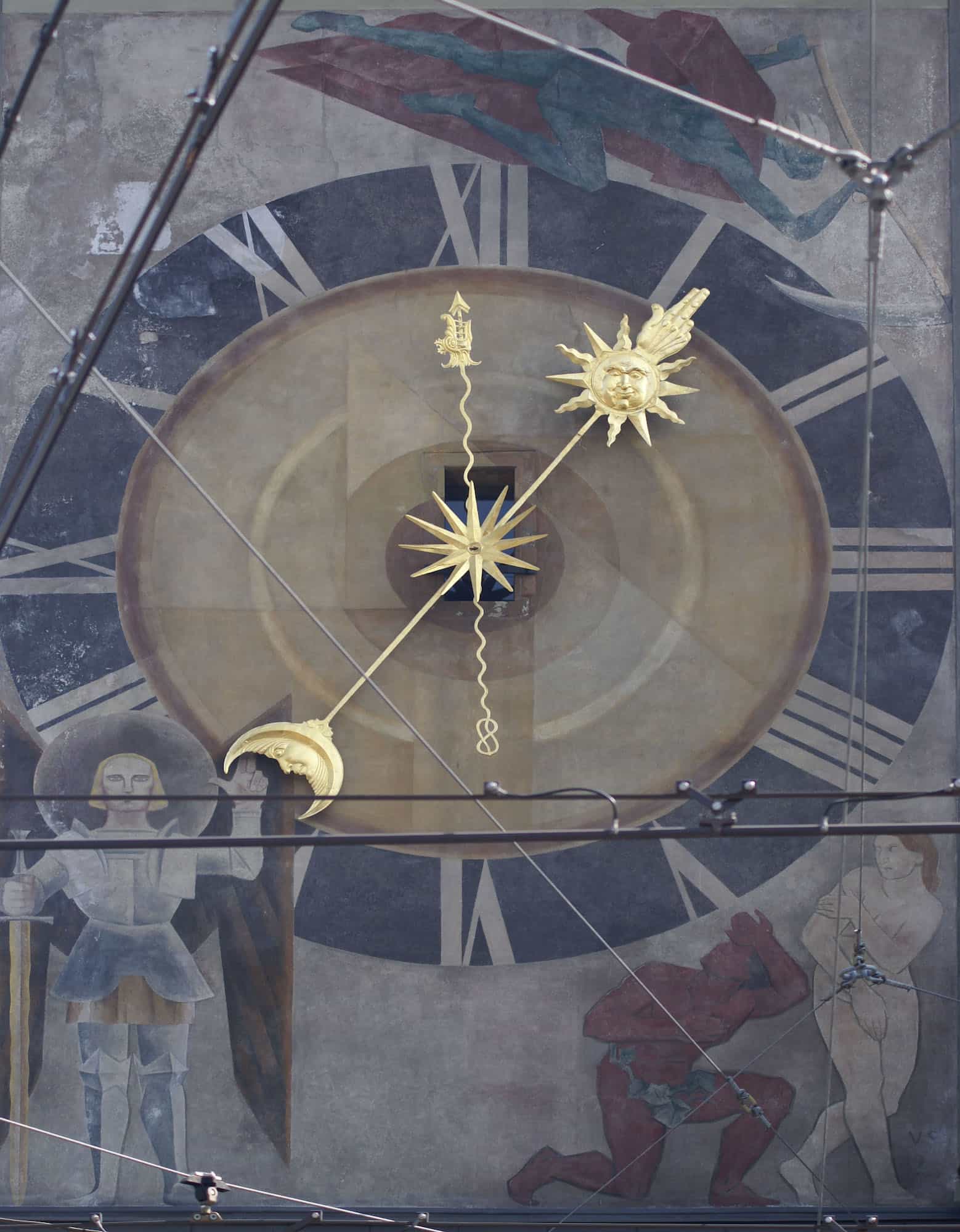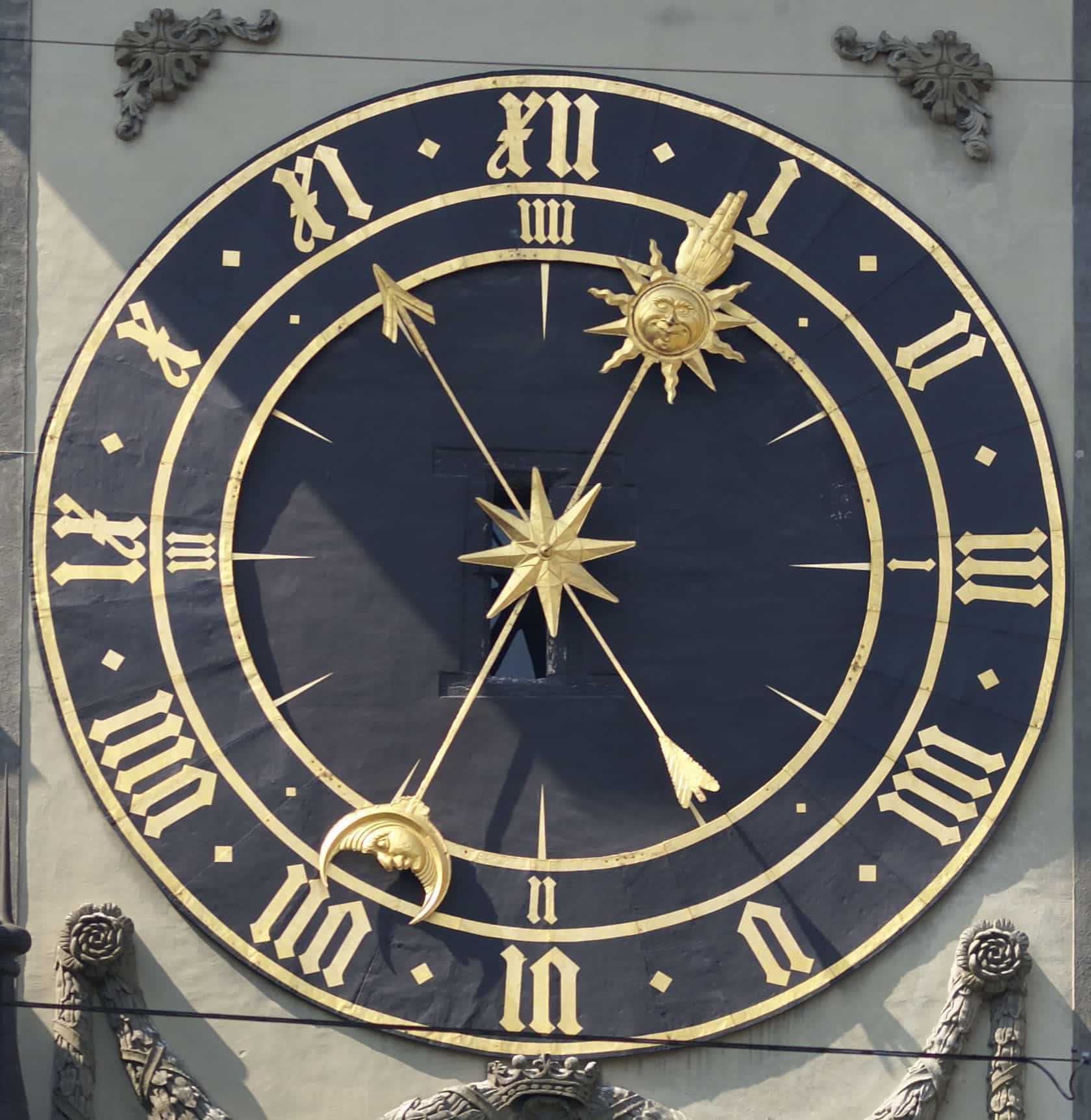While mankind’s preoccupation with timekeeping is nearly as old as civilization itself, mechanical clockmaking didn’t really come into its own until the late Middle Ages/early-Renaissance. The advent of the first mechanical escapement, the verge escapement, in the mid-1300s allowed timepieces to be separated from a source of running water for continuous power. For the first time, a mechanical clock could be placed anywhere (at least anywhere that could fit a clock tower) and used to bring timekeeping to the public.
At the dawn of the 15th century, much of Europe was divided into small, fiercely competitive city-states. Trade across the continent and beyond was burgeoning, and wealthy regions used this influx of new income to outdo each other however they could. Some, like Florence or Venice, invested huge sums in architecture and the arts, building stunning cathedrals and palaces. Others across Europe, however, put their newfound wealth into the new field of mechanical horology, creating clocks as city centers that stand to this day. In the second installment of Time Off the Wrist, we’re taking a look at one of the greatest examples of these—the Zytglogge in Bern, Switzerland.
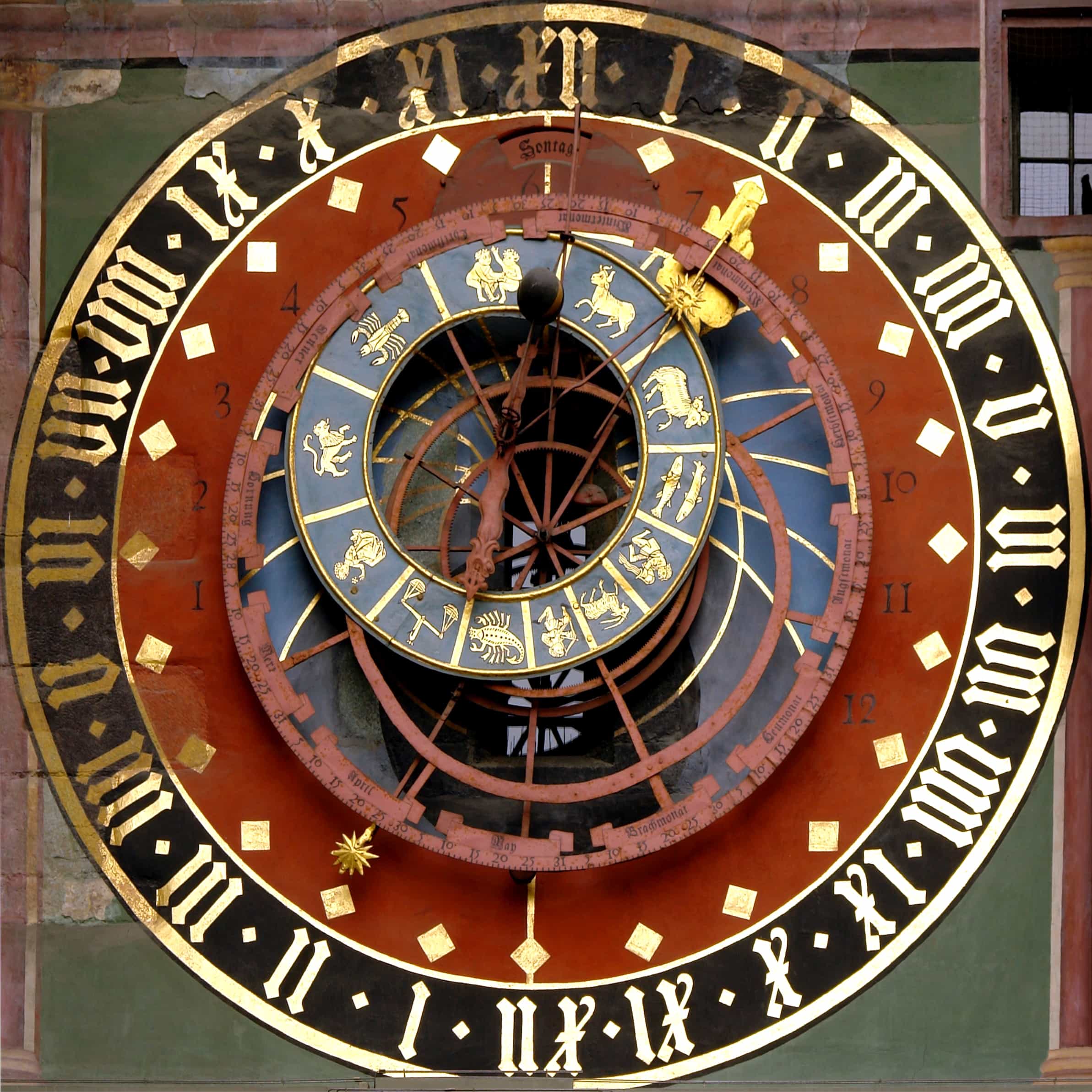
Once forming part of the western wall of the city, the Zytglogge (“Time Bell” in Swiss-German) of Bern has remained a fixture in the community for eight centuries, even as the urban sprawl enveloped it. First constructed in 1218, the original tower served as a gate and guard post against potential German and Italian invaders for over a century.









 Featured Videos
Featured Videos




